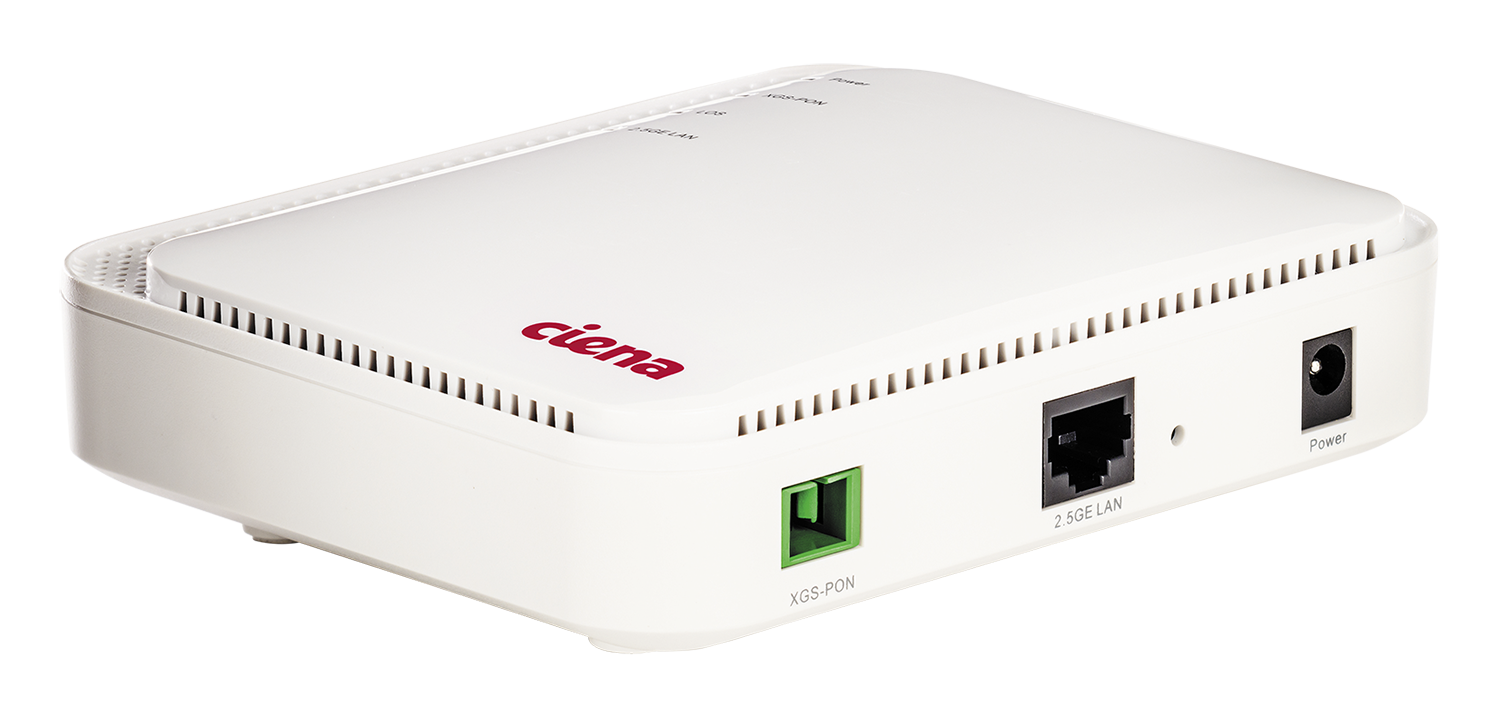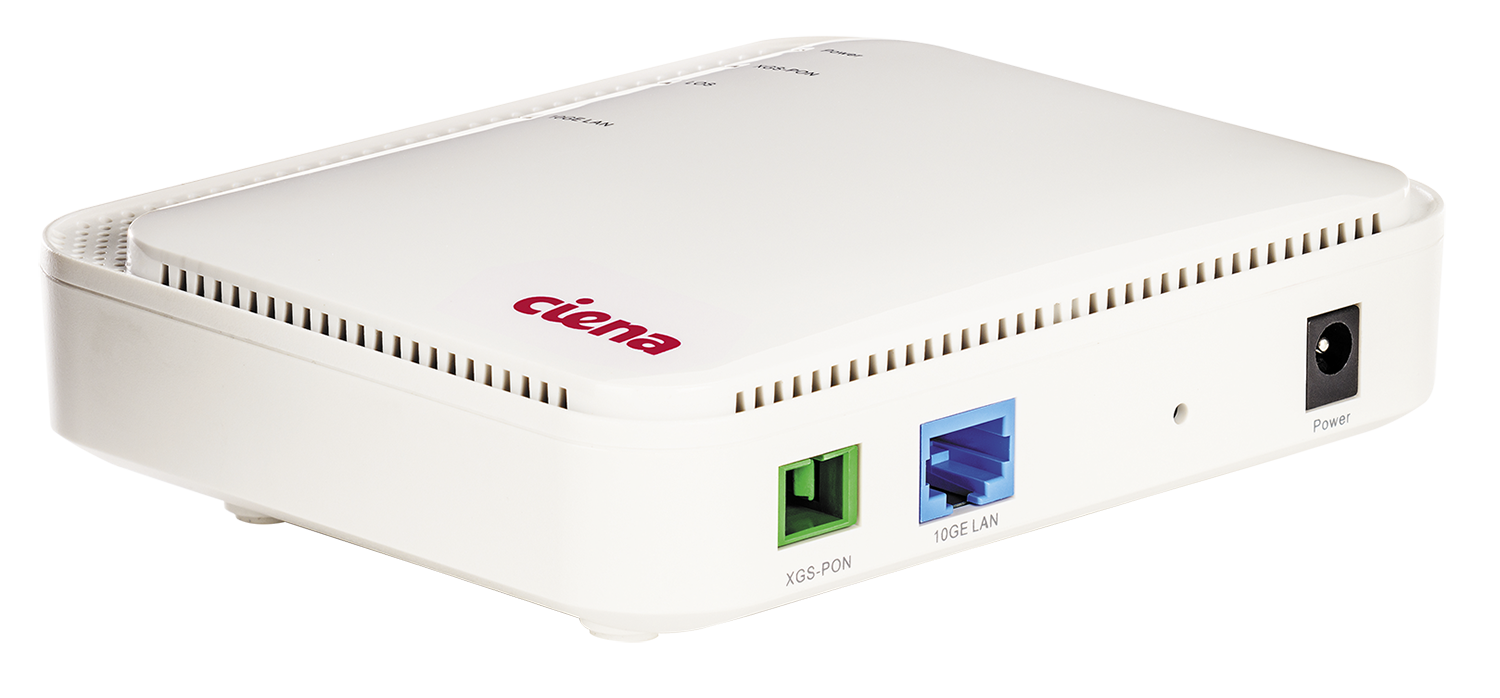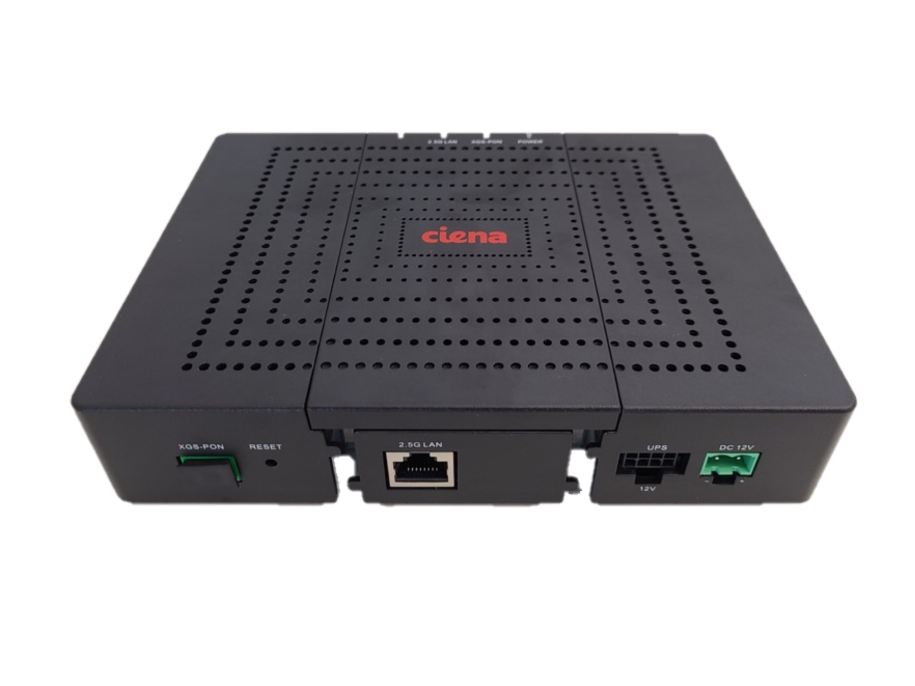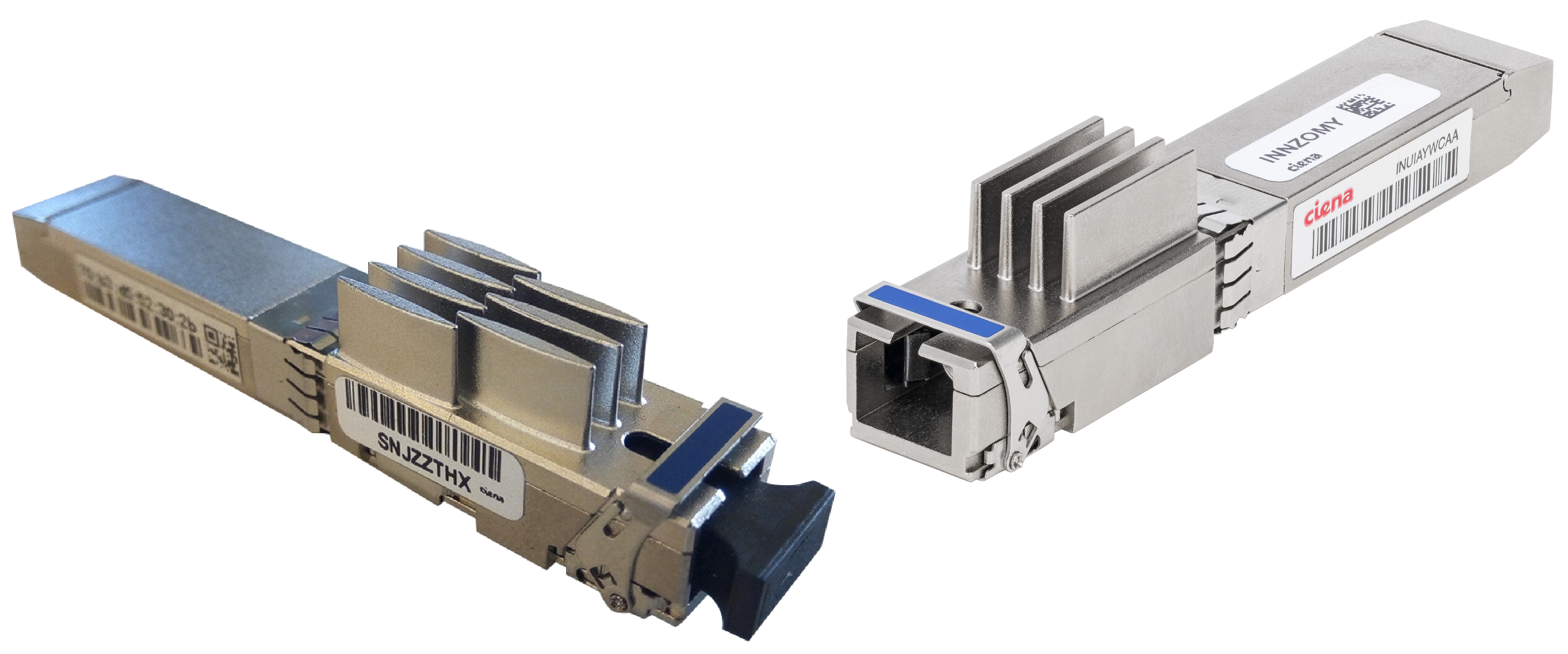Ciena’s virtual Broadband Network Gateway (vBNG)
Ciena’s virtual Broadband Network Gateway (vBNG) is transforming the network edge with its ability to deliver network functions in software through its cloud-native, fully virtualized architecture. It provides operators with the agility, reliability, and scalability required to deliver high-value broadband services to residential and enterprise customers.
Why the Ciena vBNG?
Ciena’s vBNG is architected as a software-defined, virtualized, cloud-native BNG from its inception. Unlike other solutions, which carry the historical baggage of older architectures, Ciena’s vBNG brings the flexibility and agility operators need to quickly address opportunities in today’s changing market—defined by an ever-increasing demand for bandwidth and a growing complexity of application handling.
Transforming the network edge
Ciena’s vBNG is open architected and built to the Broadband Forum’s TR-459 Standard (Control and User Plane Separation (CUPS) for a disaggregated BNG). The CUPS model enables user planes from a single BNG system to be distributed anywhere in the network and elastically scale to meet application performance requirements and diverse and changing traffic needs. The CUPS architecture has a superior resiliency model to ensure service protection.
Being software-defined enables the vBNG to provide integrated functions such as a DHCP server or CGNAT without the need for extra hardware. Applications can be brought to life faster with greater efficiency and more agility than other solutions.
Being architecturally open and software-defined goes hand in hand with the ability to develop and deploy future applications as they arise.
Features and benefits
-
Software-defined with open APIs to speed addition of new features
-
User planes scale independently and can be pushed to the network edge to meet application performance requirements
-
Supports user-plane ‘slices’ for specific use cases
-
Control planes and user planes are independently resilient (control plane 1:1, and user plane 1:1, N:1, and M:N high-availability)
-
Cloud-native automation for rapid system deployment and service initiation
-
Centralized control plane simplifies management
Insights
White Paper
Access Loop Model for the Economic Analysis and Optimal Design of PON FTTx Architectures
This white paper presents an access loop model that helps network operators address—a...
DownloadWhite Paper
Traditional PON Versus Mixed PON/Active Architectures Based on Ciena’s Universal Aggregation Solution (OPEX)
The Passive Optical Network (PON) architecture employs shared fiber to achieve cost s...
DownloadRelated solutions
All solutionsSolution
Broadband
Ciena’s broadband solution enables you to build and evolve access networks with unpre...
Learn moreSolution
Network transformation
Accelerate your network transformation with our industry-leading experts, field-prove...
Learn moreSolution
Universal aggregation
Aggregate traffic from TDM, IP, and Ethernet services using dedicated, shared fiber o...
Learn more







